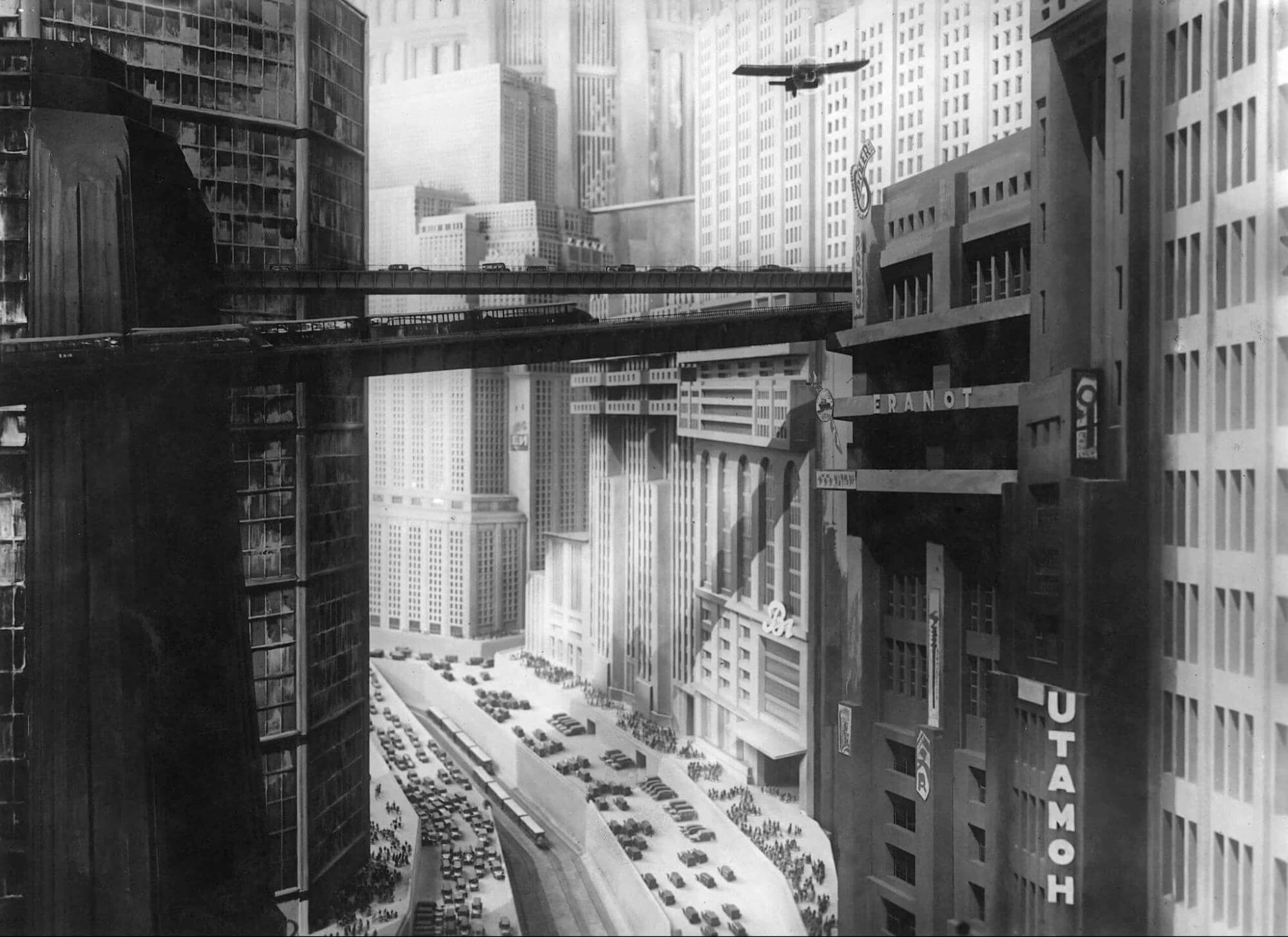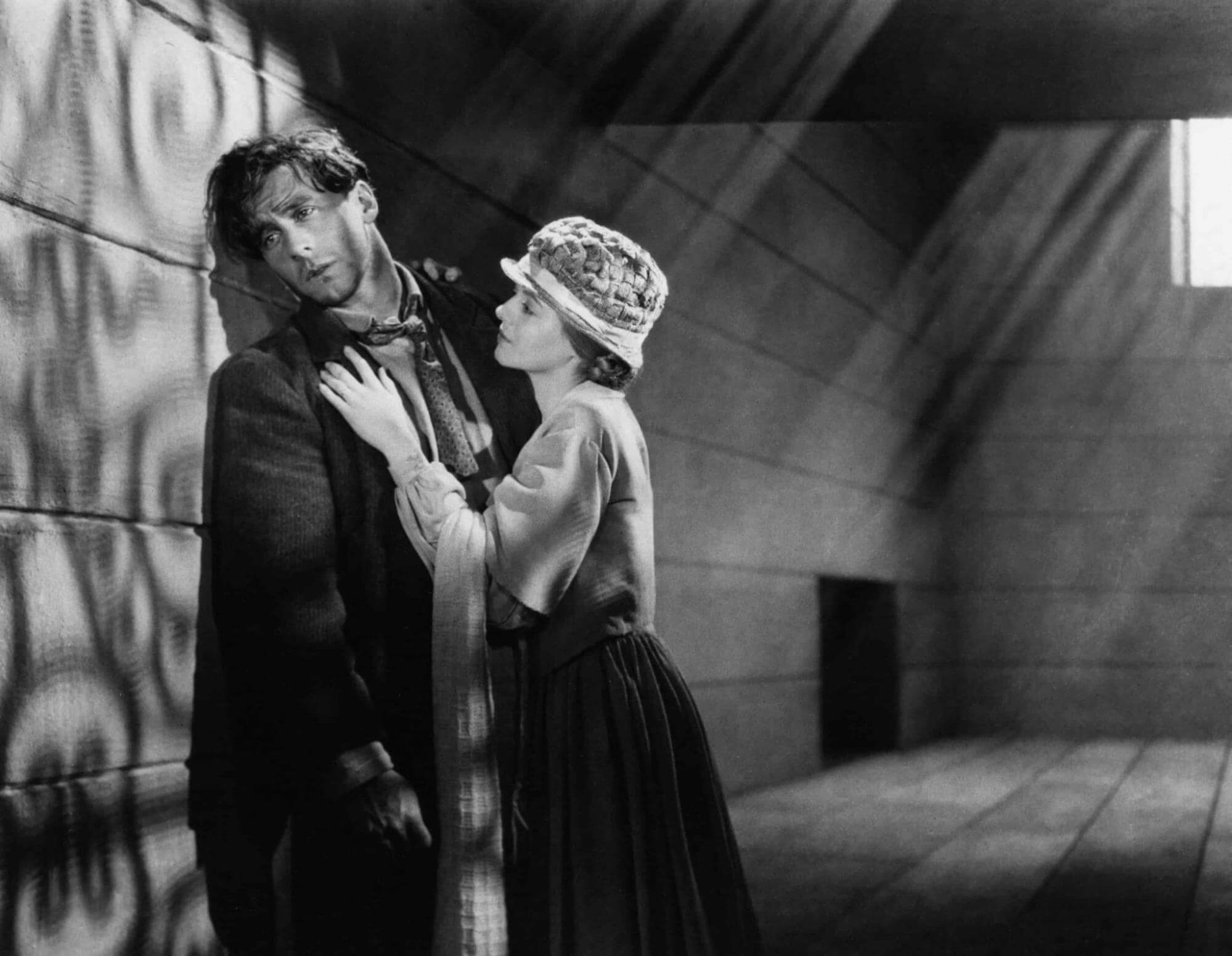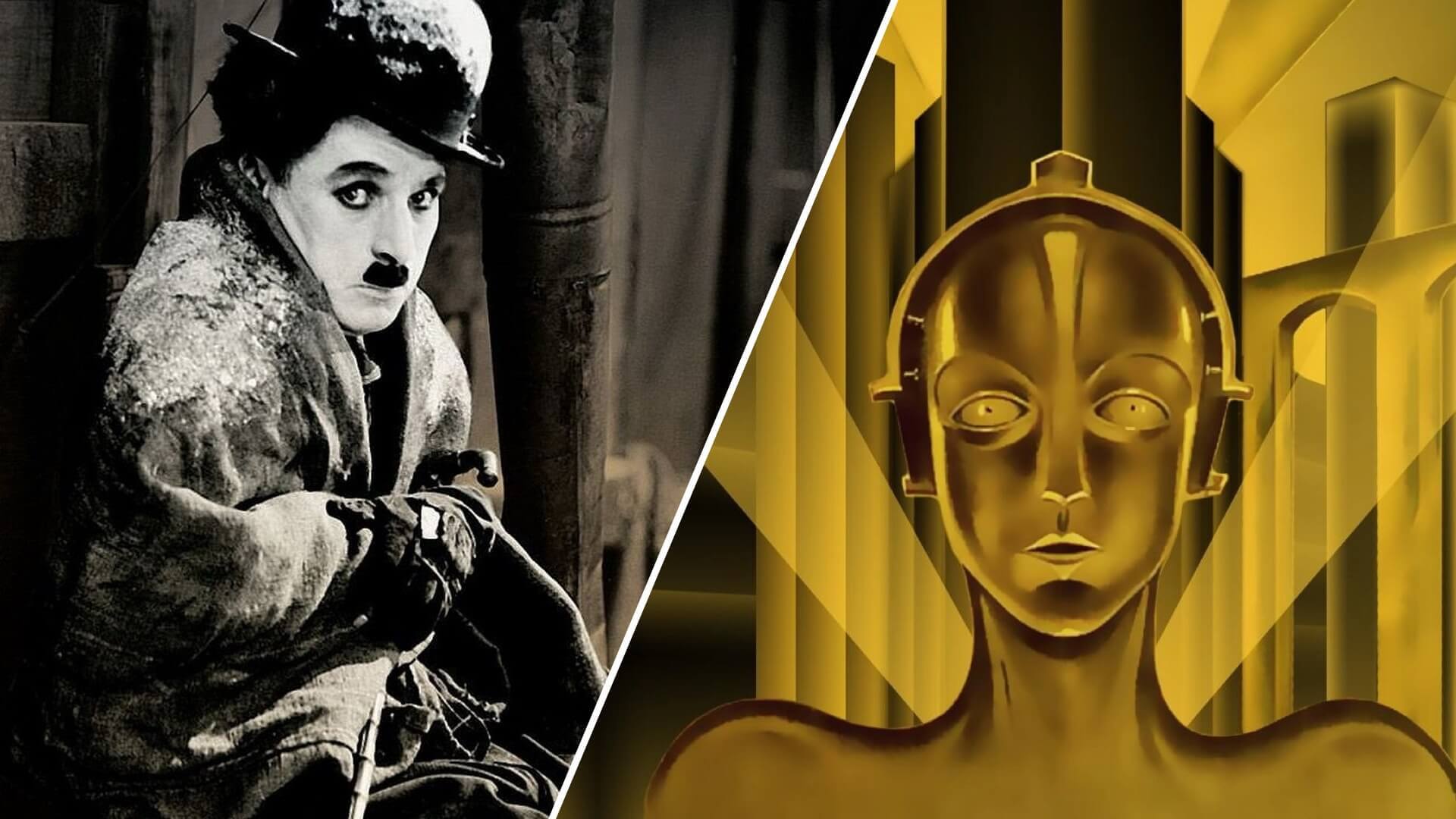Silent films, the heart of cinema’s dawn, spoke volumes without uttering a word. They taught us to see, not just look; to feel, not just hear. Each frame was a canvas, each gesture a dialogue. It was here that cinema found its voice amidst silence. Their essence? Powerful storytelling that transcends time and technology.
What is a Silent Film in Cinema?
First, let’s define silent film
Delving deeper into this beguiling world of silence and expression, let’s define what constitutes a 'silent film.'
SILENT FILM DEFINITION
What is a silent film in cinema?
A silent film is a type of motion picture that does not include synchronized recorded sound or spoken dialogue. The idea of silent cinema is rooted in the ability to convey a story purely through visual elements such as actions, expressions, and title cards, which are interjected into the film to provide narrative structure or convey dialogue and other important details. In essence, silent films were a distinctive genre that relied on visual cues and music to tell compelling stories, making them a unique and foundational part of cinematic history.
What is a Silent Film Defined By?
- Visual Storytelling
- Expressive Acting
- Title Cards
When Were Silent Films Made?
History of Silent Films
Picture this: the year is 1894, and Thomas Edison’s Kinetoscope has just made its debut. People are marveling at this new invention, a box that allows them to peer into a different world. This was the beginning, the birth of cinema.
What made silent films unique? Well, they were 'silent' not because they lacked noise, but because they lacked synchronized dialogue.
Instead, these films leaned heavily on physical gestures and exaggerated expressions to convey the plot. This video breakdown by Crash Course takes a deep dive into the history of the silent film era.
The Silent Film Era • Crash Course Film History
Now, this era gave us some truly memorable films and filmmakers. Take Charlie Chaplin, for instance, with his iconic character, "The Tramp." His film The Kid (1921) is still considered a classic.
Or consider Fritz Lang's Metropolis (1927), a pioneering work of science fiction that pushed the boundaries of special effects and visual storytelling.

Metropolis by Fritz Lang • Best Silent Films
Silent films weren't just a form of entertainment; they were a cultural phenomenon. They bridged language barriers, bringing people from different backgrounds together in shared experiences. They reflected the societal issues of their times, from the joyous escapism during World War I to the economic anxieties of the Great Depression.
The era of silent films was a pivotal period in cinematic history, shaping the way for the movies as we know them today. These films may have been silent, but they spoke volumes through their stories, their characters, and their impact on society.
What is a Silent Film Defined By?
Characteristics of Silent Films
Silent films, a unique genre in the cinematic world, have several noteworthy characteristics that set them apart from other types of movies.
Visual Storytelling
Without spoken dialogue, silent films relied on visual cues to narrate the story. This included exaggerated expressions and gestures from actors.
Intertitles
To make up for the lack of audible dialogue, silent films used intertitles. These were text plates inserted into the film to provide narrative structure or reveal character dialogue.
Here is an example from Charlie Chaplin’s iconic Modern Times.
Charlie Chaplin • Modern Times
Live Music Accompaniment
Silent films were often screened with live music played by an in-house pianist or orchestra. This music set the mood and enhanced the narrative.
Black and White Imagery
Most silent films were made in black and white, which added to the dramatic effect and focused the viewer's attention on characters actions and expressions.

Sunrise: A Song of Two Humans (1927) by F. W. Murnau
Use of Mime and Pantomime
Actors in silent films often used techniques of mime and pantomime to convey emotions and actions, making performances highly expressive and physical.
These defining characteristics not only distinguished silent films from later movie genres, but also laid the groundwork for many storytelling techniques still used in cinema today.
Related Posts
When Did Silent Movies End
The End of Silent Films: When and Why
As we journey through the annals of film history, we reach a momentous turning point — the end of the silent film era. Just as all good things must come to an end, so too did the reign of silence in cinema.
The Decline of Silent Films
The late 1920s marked the beginning of the decline of silent films. This was a period of immense change, not just in the world of cinema, but in society at large. The Roaring Twenties were in full swing, bringing with them a wave of cultural shifts and technological advancements that would forever change the face of film.
Factors Contributing to the End of Silent Films
One of the key factors that led to the demise of silent films was the advent of sound technology. In 1927, Warner Bros. released The Jazz Singer, the first feature-length film with synchronized dialogue (also known as a "talkie").
This film was a game-changer, proving to audiences and filmmakers alike that sound was the future of cinema.
The Jazz Singer • "Ain't Heard Nothin' Yet" Scene
Alongside this technological shift, audience preferences were evolving. People were becoming more sophisticated in their cinematic tastes, seeking out films that could offer them richer, more immersive experiences. The novelty of silent films was starting to wear off, and audiences were ready for something new.
Transition to Talkies
And so, the transition from silent films to talkies began. It wasn't an overnight change; many filmmakers and actors were initially resistant to the new technology, fearing it would compromise the artistry of cinema.
But as talkies gained popularity, and as more and more studios started producing them, it became clear that this was not just a passing trend, but a seismic shift in the film industry.
The Movies Learn to Talk
By the early 1930s, silent films had become a thing of the past, replaced by the sounds of dialogue, music, and effects that we now associate with the movies.
While we may look back on the silent film era with a sense of nostalgia, it's important to remember that this period of change and innovation paved the way for the rich, diverse world of cinema we enjoy today. It's clear that the impact of silent films resonates far beyond their era, continuing to influence the films we know and love today.
Up Next
When Were Movies Invented?
As we reminisce about the silent film era and its transformative impact on the world of cinema, it provokes a deeper curiosity about the genesis of this influential industry. This leads us seamlessly into our next topic of discussion: When Were Movies Invented?
Up Next: When Cinema Was Born →
Share your vision with elegant shot lists and storyboards.
Create robust and customizable shot lists. Upload images to make storyboards and slideshows.
